In a recent moblogging test I was rather shocked to hear my smartphone sound the low-battery warning sound after only 45 minutes on the go! I was playing music, doing a live GPS track and running an IM program at the same. No calls, no gaming, no web surfing! While I was out, I blogged about the problem (from my UMPC.) Yes I was pretty annoyed and you’ll see that from the text.
I should have known better because I’ve seen this problem before. Only a few weeks earlier I had killed the same device in 4 hours while playing with it on a train. I had also heard about Robert Scoble, the guy that live video blogs using an N95, getting only 40 minutes from his device and I had even been told by engineers that 3G uploads simply take a huge amount of energy.
When I got home, I re-charged the device fully and did a static test using the same apps. Music playing, live GPS tracking (I use Nokia Sports Tracker) and IM via Gizmo. I left the device alone and didn’t use it. After 110 minutes it switched off indicating a 2.1W average drain from the 3.7wh battery.
I then did the same test and turned off UMTS (running on the old, lower power GPRS/GSM standard instead.) This time I got 3 hours indicating an average drain of 1.2W.
Standby power on a Nokia N82 is 15mw
Estimated ‘normal phone use’ is about 36 hours. (A few emails, a bit of music, calendar activities, some SMS’s and 5 phone calls) which is about a 100mw average drain.
The results:
Always-on Internet applications increases the average power requirement of a smartphone by a minimum of 1000% and up to 3000%
Let me take a reality kick. 2.1W average drain is amazing. ARM and Nokia should be applauded for squeezing so much out of a device that can do so much. The best x86-based UMPCs take about 8W to do the same.
I’ll take a second reality kick because not many people actually do this in real life.Granted, this is a fairly leading-edge test.
I’ll take a third kick too because technology will improve.
BUT….
If you do want to be ‘always connected’ on a high speed network today (and many many people do) you need a HUGE battery. For the average 16 hour day on a smartphone, you need nine batteries which would weigh 200g making your phone, using the smallest possible components today, over 300gm in weight. [*1] That’s close to the size of the Intel MIDs.
Even using low-speed Internet access (like the iPhone does) you would need a device looking something like this:
And putting it into ‘real’ terms. If you went online for 4 hours per day, which I think will be the norm once people start to get used to web, email, IM and YouTube on the go, you would need a battery three times as big. 10wh. If it was possible to do it, the usage figures would sky-rocket once people learn how to be live on their tailored facebook widget or available on their Skype service all day.
And another thing, You won’t want this all-day device in your pocket all-day! It would be at least twice the volume of a current smartphone and trust me, 3W generates a lot of heat when it’s in your pocket.
The last point I want to make here is that despite the big talk about low-power CPU’s from ARM and Intel, it doesn’t really matter any more for Mobile Internet. In average ‘background activity’ mobile Internet conditions. the biggest power drains are the radios. (Don’t even get me started on simultaneous 3G and Wifi use!) and other components that both Intel and ARM has similar access too. Neither has exclusive rights on low-power radio tech. Neither has rights to magic backlighting technology either. Considering Intel now has CPU’s that idle down to fractions of a watt and average less than a watt drain, the playing field is all of a sudden very level.
The next time you hear a Nokia or Intel exec talking about all-day always-connected Internet in your pocket, think about those batteries!
*1 – I used a new Nokia N82 in this test.




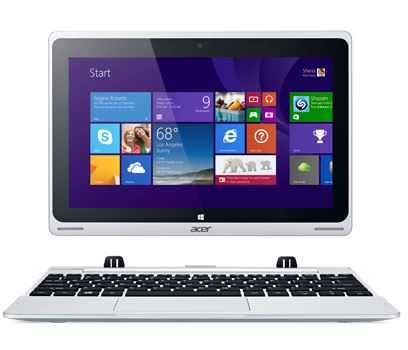
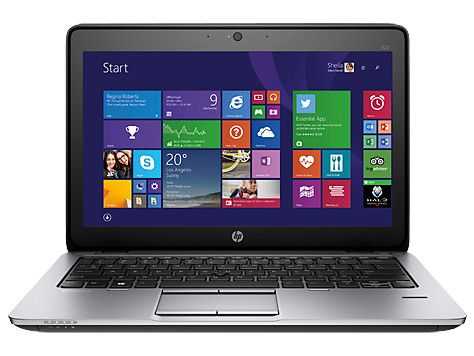
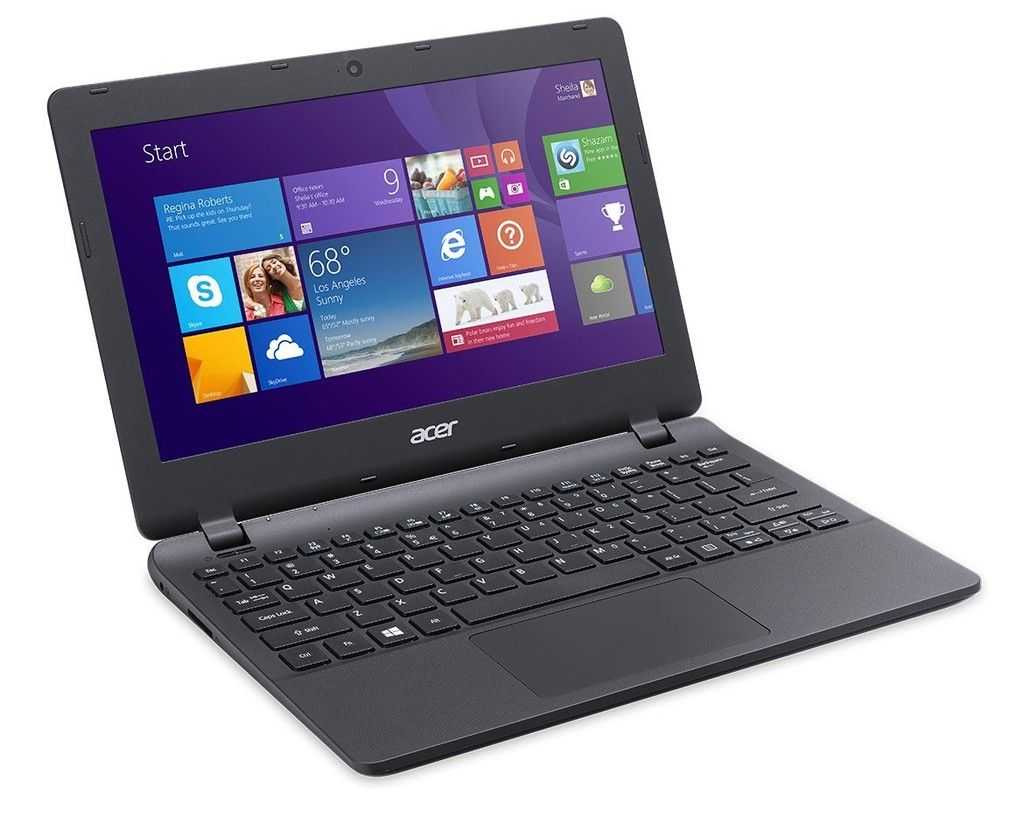

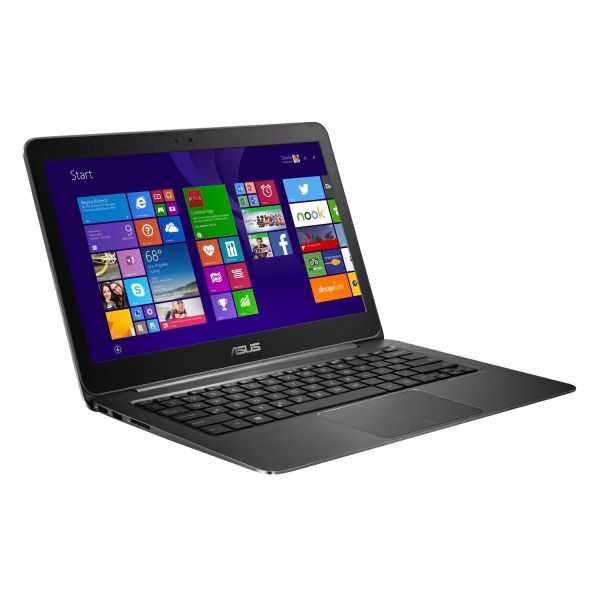


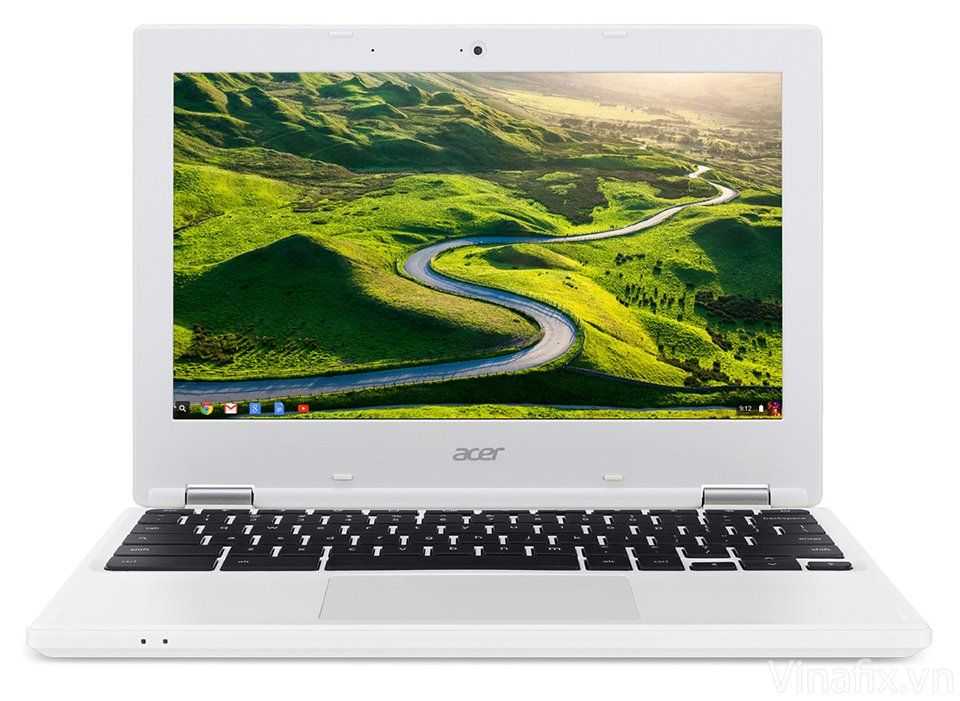
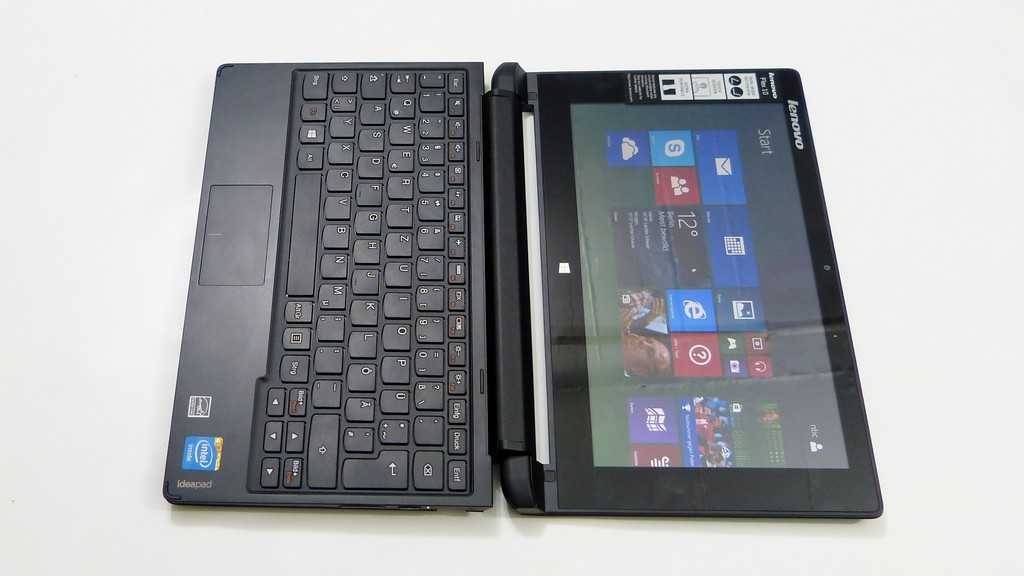
Internet 2 go
Since I got my P1i in December I got more and more used to have this well of free knowledge ( yes, the internet ) everywhere I am.
My eMails get checked every 2 hours from 9am to 7pm, I use Opera Mobile to feed RSS quite often and I instant-message from time to time.
And my cell last about 3 days until I have charge it again ( which btw takes about 2 to 3 hours – thanks SE ) and I am pretty satisfied with this duration.
I should mention that I only use GPRS. Not because I can’t use UMTS ( both O2 Germany and my P1i support it ) but because it is more than fast enough for my needs. I enjoy RSS Feeds with pictures but I mostly don’t need them on pages or if I do, the Opera Mobile server does its magic and sends me shrunk versions of the page. I think I don’t have to mention that messaging doesn’t need that much speed and even the time it takes for Google Maps to load non-satellite pictures is ok. The only time i activate UMTS is for using Skype (Fring-client) or when I am in the train where I am happy to have whatever connection there is to stay connected.
I am even sometimes worried that GPRS is too much of a battery-life-drainer but what can you do about that. I don’t think they will step down the throttle and supply me/us with a battery-saving solution that maybe take some time to load “the internet” but at least can stay connected ‘all-day’.
But they all rather build Vista based MIDs, using UMTS or WLan to delivering two hours of high quality internet.
Welcome to the future!
So my last hope will have to rely on the battery “improvements” Steve I talking about. Yeah.
Anybody heard about new fuel-cell developments, yet?
Greets
@steverubel totally agree. Heres a test report on smartphone battery life under ‘mobile internet’ conditions. http://tinyurl.com/5mbr89
I haven’t seen a single mobilephone with GPS builtin that can handle using GPS for more than about 2 hours.
However having IM engines on should NOT drain much, unless you’re talking about a natively running Skype (not Fring or something like that) which also drains the battery badly.
Once again this smartphone of mine lasts me at least 12 hours with all live browser, instant push email and AIM, Yahoo, and MSN messengers live at all times, even doing extensive IMs all day doesn’t affect the battery significantly. I’m not sure what they did to achieve this (aside from leaving out 3G) but all I can say is I know it can be done with current technology.
http://en.wikipedia.org/wiki/Danger_Hiptop
Interesting read. There is currently quite a lot of information around this subject around and about on the net and some are most defintely better than others. You have caught the detail here just right which makes for a refreshing change – thanks.